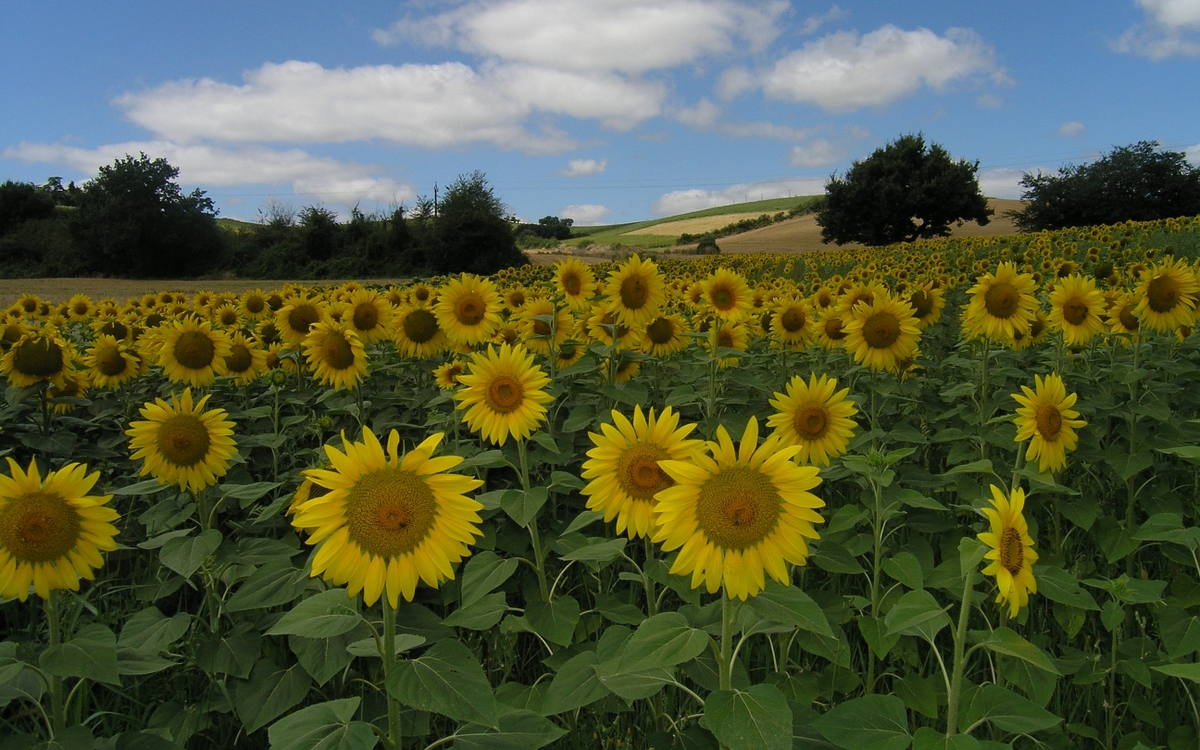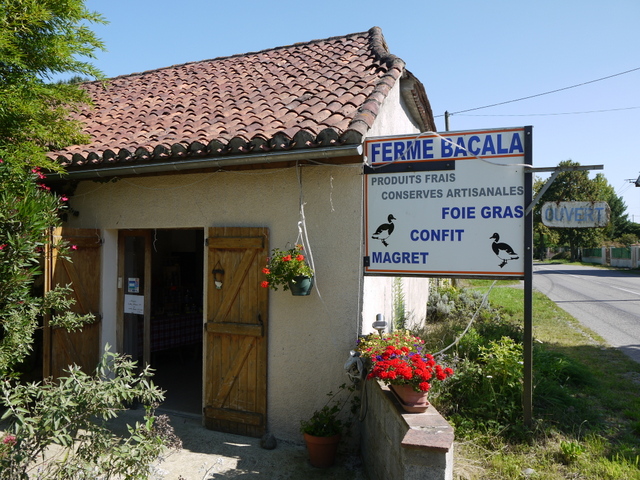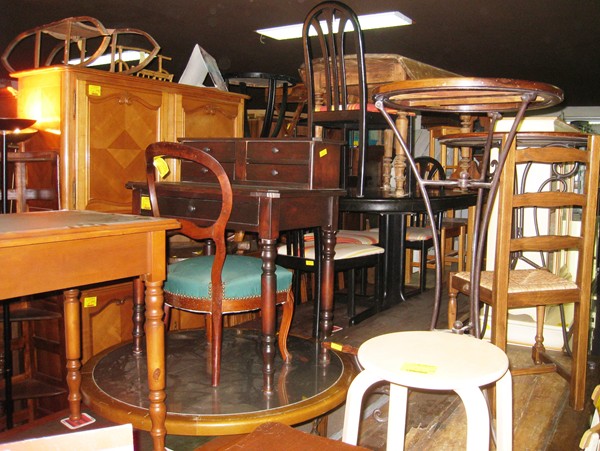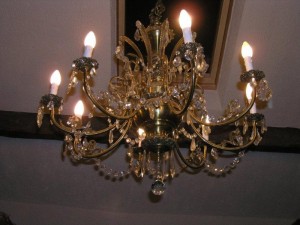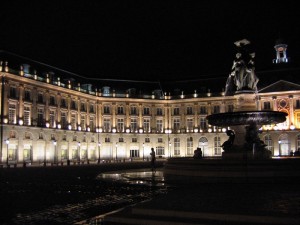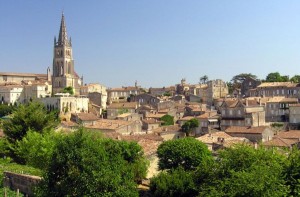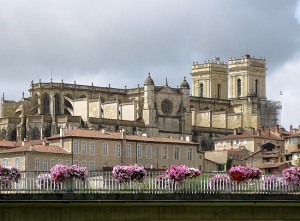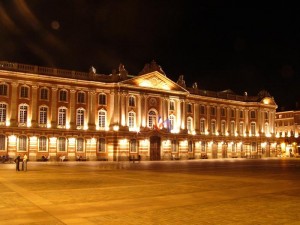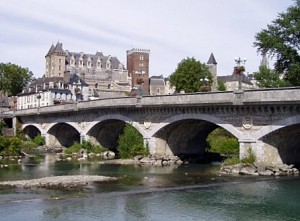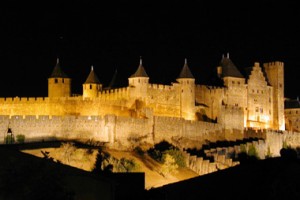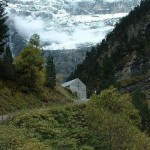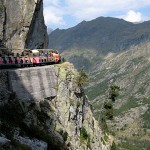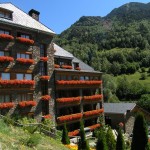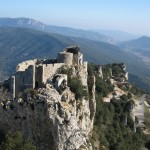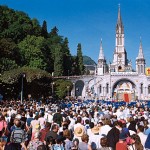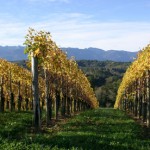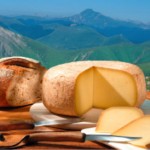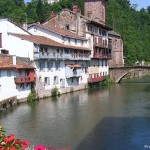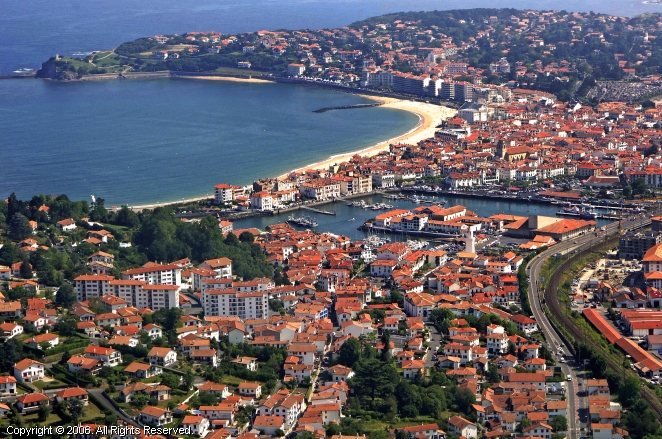Around Montesquiou
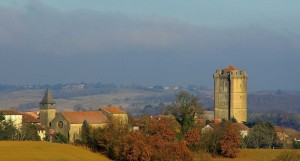 The Bastides Route: towns, villages, castles and markets
The Bastides Route: towns, villages, castles and markets
One third of modern-day Gersois villages are original medieval fortified villages, the bastides. The villages have grid-patterned streets and central arcaded market places. Gers boasts an astonishing 146 castles, one of the largest and most imposing of which is that of Lavardens, built on a limestone outcrop high on a hill. Lavardens has guided visits and frequent art exhibitions.
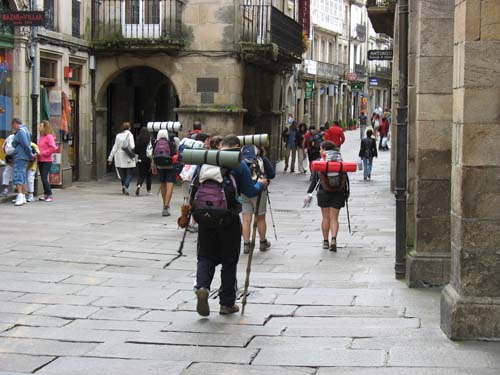
The Pilgrims’ route to Santiago
After the remains of St James were miraculously revealed in north-west Spain in the 9th century, pilgrims from all over Europe flocked to visit the tomb. Four main routes developed across Europe, converging at various points in France. The section of the route through the has been cited as of particular cultural interest by UNESCO, which classed it as a World Heritage Site. The route goes through Montesquiou.
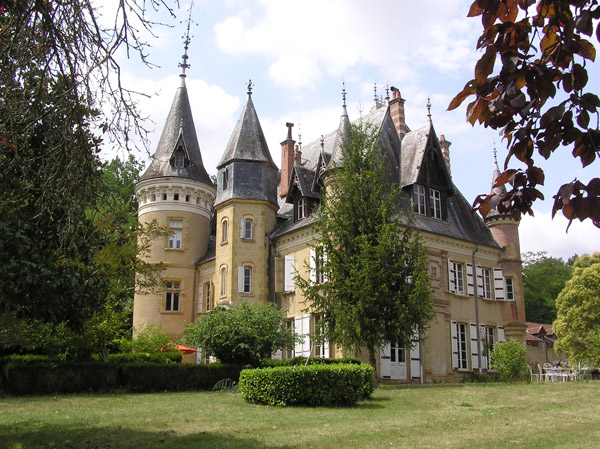
Chateaux
Brocantes
Local stores with “antiques”, bric-a-brac and collectables. Unlike legitimate antique stores, brocantes often look like junk places. Items sold may vary from quality antiquities, often in the state of neglect and disrepair, to “vintage” junk. Visiting brocantes is a true treasure-hunting experience; this antique chandelier from a castle in Toulouse (now decorates the loft in The Ruin) was purchased in a brocante 10 km from Montesquiou.
Day trips from Montesquiou
Carcassonne – a perfectly preserved fortified town dated to Roman times. The fortress, which was thoroughly restored in 1853, is a UNESCO World Heritage Site.
The Pyrenees
- Parc National de Pyrénées
- Le Petit Train d’Artouste
- Andorra
- Chateaux Peyrepertuse
- Lourdes
- Jurancon vineyard
- Ossau-Iraty cheese
- The Basque Country
- Parc National de Pyrénées – the area stretches for about 100 km along the border. It is a vast and varied park exceptionally rich in both fauna and plant life. It receives over 2 million visitors a year, 80% of whom head towards Cirque de Gavarnie, favorite hiking destination. The Cirque is an impressive, huge rock amphitheatre, 1500m high, dominated by ice-capped peaks. The easiest round trip walk takes about 2 hrs. Between June and September, this trip can be taken on a donkey.
- Le Petit Train d’Artouste – a 10 km ride in an open mini-train at the constant altitude of 2000m over a rugged terrain requires strong nerves and a warm jacket even in the heat of the summer.
- Andorra – a tiny landlocked principality formed in 1278 in the eastern Pyrénées is one of the smallest nations in Europe. Andorra consists predominantly of rugged mountains, and became a popular skiing destination. Dark stone villages clustered around ancient churches burst with vivid red flowers most of the year, (the prototype for the “Dark Andorra” trend in decorating). The capital, Andorra la Vella, is an unattractive modern city, a tax haven and a prime destination for shopping.
- Chateau de Peyrepertuse – an impressive and stunningly beautiful ruined fortress in eastern Pyrénées is situated atop of a very high, thin rocky needle. Accessible by narrow winding switchback road with no guardrails and magnificent views, it is described as one of the most amazing sight in the south of France and well worth both the effort to drive up there and then to climb it. It is also a paragliding centre of the region.
- Lourdes – just a sleepy town until 1858 when St Bernadette saw Virgin Mary in a series of visions. Nowadays, Lourdes is one of the world’s most important pilgrimage sites, descended upon annually by some five million visitors.
- Jurançon – situated between Biarritz and Lourdes at the central foothills of the Pyrénées, Jurançon town and wine region owes its reputation to the kings of Navarra, who, during the night of 12th December 1553, christened the newborn Henry (Louis XIV’s grand-father and first Bourbon to become King of France in 1589) with Jurançon wine. When the royal infant was christened, his lips were rubbed with a clove of garlic and moistened with a drop of Jurançon wine, to make him, in the words of his father, “a true Gasconian”. Ever since, the Jurançon has been known as “King’s wine “. Its chateaux scattered over small area offer great wine tasting experience. Jurançon is also a starting point to the Pyrénées “cheese routes”.
- Ossau-Iraty cheese route stretches along the foothills in stunning valleys of the region Béarn et du Pays Basque and offers about 70 stops at cheese –producing farms. www.ossau-iraty.fr
- The Basque Country – the area around the western foothills of the Pyrénées has been home to the Basque people for centuries. The area straddles France and Spain, but is still a land apart, stubbornly independent, maintaining its own culture and language. The French part of the Basque country is a picturesque area with colourful villages and old architecture in the walled resort town St-Jean Pied de Port.
The Coast
On the Road to/from Montesquiou
Our family and friends tried several driving routes to and from Montesquiou, each with exciting sights and experiences. When combined with a longer stay in Montesquiou, these trips make unforgettable vacation in France.
Some of the favourite driving routes are:
- From/to the North: Paris, Loire Valley and the town of Cognac
- From/to the North: Paris, Normandy and Bordeaux
- From/to the South East: Barcelona, Costa Brava and Cadaquéz
- From/to the South: Barcelona, Pyrénées and Andorra
- From/to the South : Barcelona, Spanish Castles and Pyrénées
- From/to the South West: Madrid, Granada, Seville, Salamanca, San Sebastian and St. Jean de Luz
- From/to the East: Coté d’Azur, Provence, Gorges du Verdon, Avignon.
Shortest driving distances from/to Montesquiou:
- Paris (via A20) 7 hrs 25 min / 743.82 km
- Barcelona (via E80) 5 hrs 17 min / 502.12 km
- Marseilles (via E80) 5 hrs 21 min / 518.54 km
- Andorra (via E9) 4 hrs 15 min / 292.03 km
- Bordeaux (via A65) 2 hrs 25 min / 212.27 km
Note that renting a car in Spain warrants return trip – the car can be left in any airport in Spain with no extra charge, but charges apply if returned in France.
Generally, car rental in Spain is less expensive. Most of the rentals are diesel (standard gear) which gives considerable savings on gas. Note that major highways in France and Spain are toll roads, with exception of South of Spain where highways are free.
